Churn Rate is one of the most important indicators for businesses. This index reflects the quality of products and services in the eyes of consumers and consumers’ attitudes towards the products and services that businesses provide. So what is Churn Rate? Why does it matter? And what is the way to reduce it? Let’s find out the details below!
What is Churn Rate?
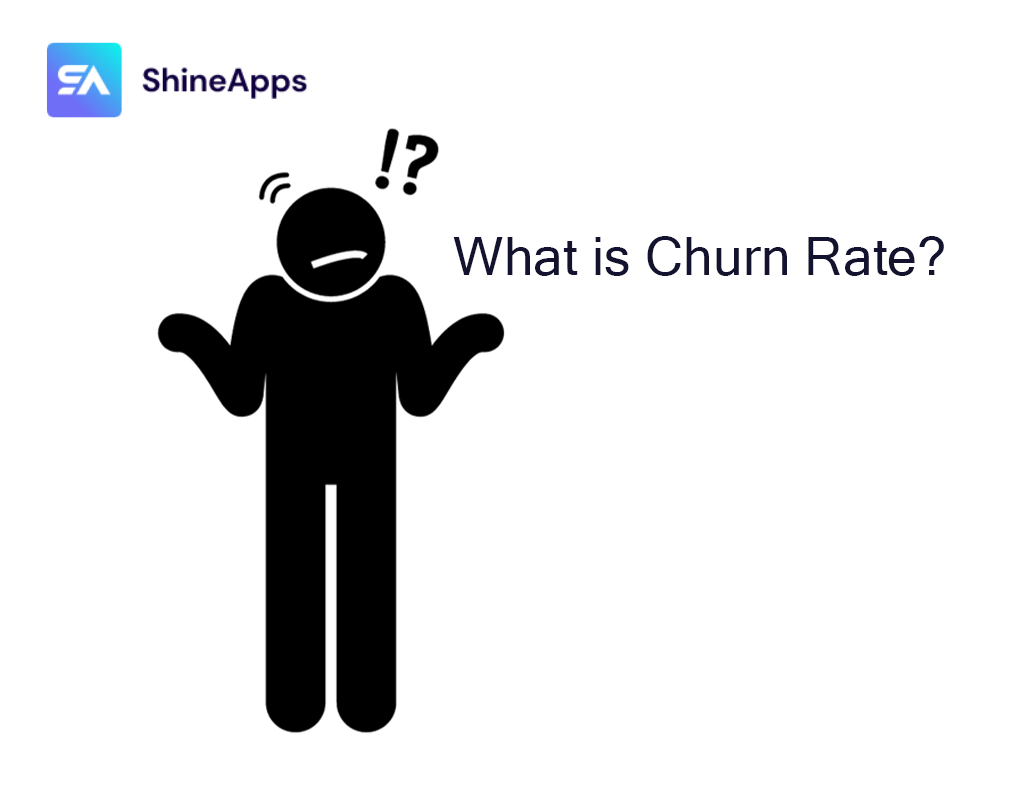
Churn Rate is the rate at which your subscribers or customers discontinue their engagement with your business. In simpler terms, it represents people who unsubscribe or do not return to your store. A higher Churn Rate indicates more customers are leaving your business, which can potentially impact your revenue and growth.
Conversely, a lower Churn Rate indicates that you are successfully retaining more customers. Distinguishing between these two scenarios is important to form effective business strategies and ensure long-term success.
Churn Rate vs. Growth Rate
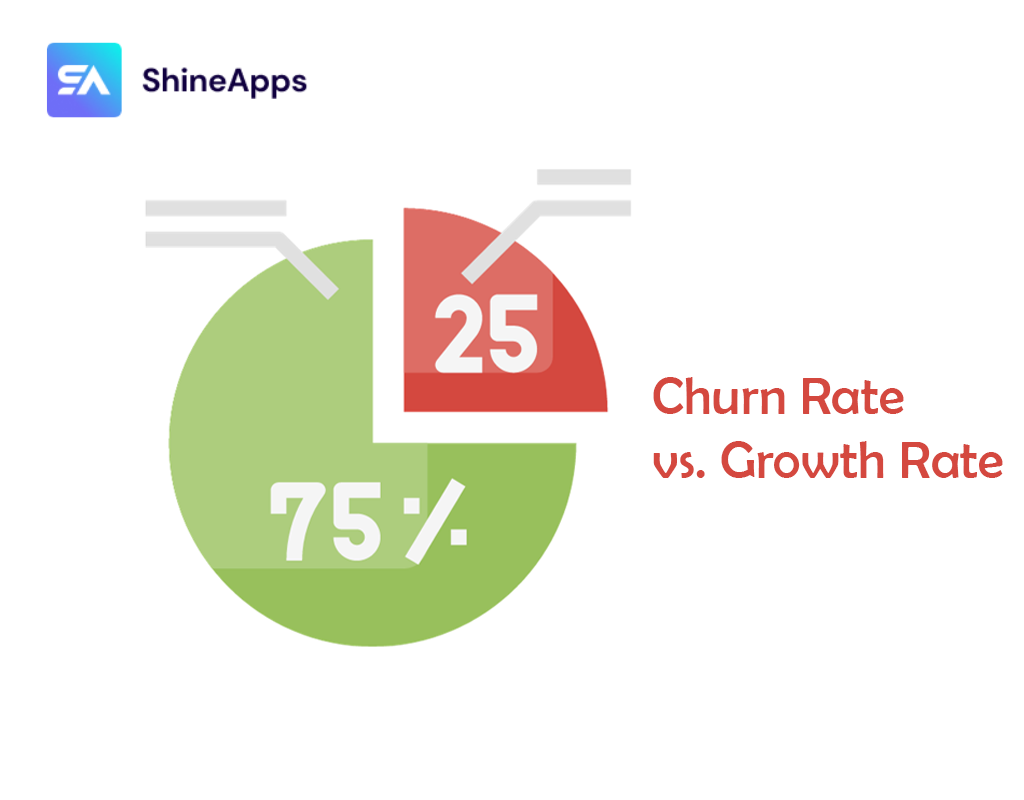
Churn Rate is the rate at which your business loses customers, while the growth rate is the rate at which your business attracts new customers in a specific timeframe.
Comparing these two metrics helps determine whether your customer base is growing or shrinking. If your Churn Rate is higher than your growth rate, it’s typically not a favorable scenario as you’re losing more customers than you’re gaining. Conversely, when your growth rate surpasses your Churn Rate, it’s an ideal situation as your customer base is expanding.
For example, if a software-as-a-service (SaaS) company gains 100 new subscribers but loses 200 in one quarter, it’s a negative outcome because the customer base decreases. However, if the same company gained 200 new subscribers and only lost 100, it’s considered a success, even though some customers were lost, because the customer base grew overall.
In which cases is Churn Rate necessary?
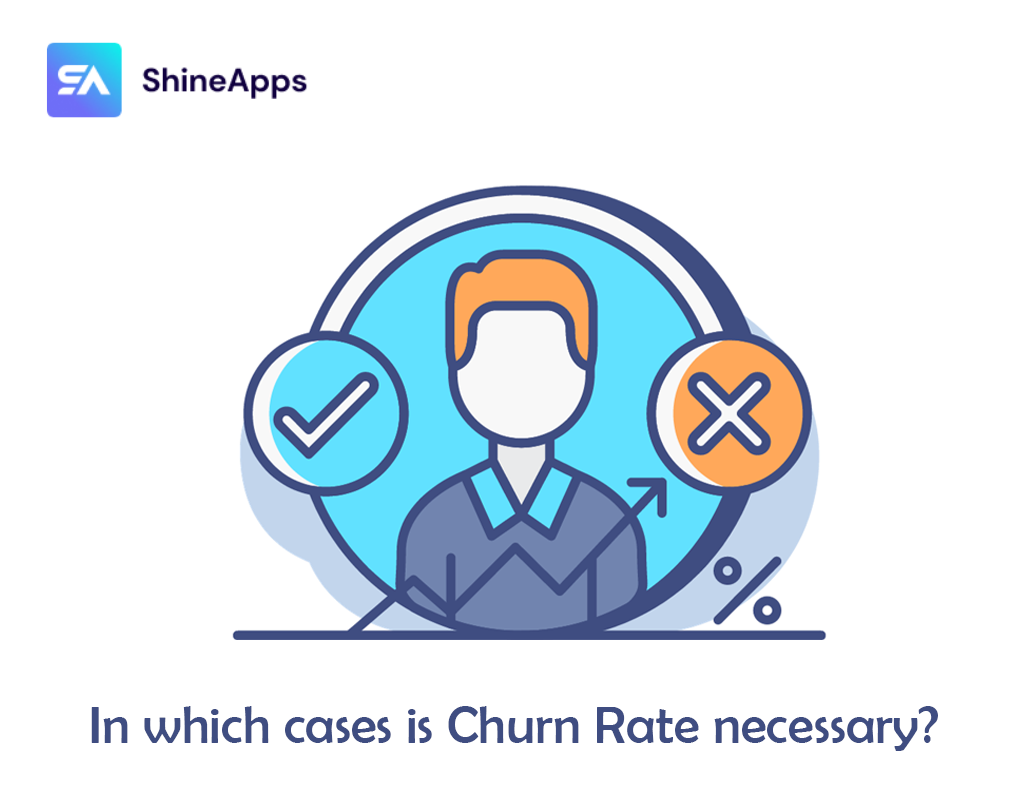
Companies operating on subscription or monthly fee-based models should analyze Churn Rate. Churn-rate analysis is not limited to measuring customer departures but can also be used to evaluate the ratio of “Downgrades vs. Upgrades.” Even retail companies can benefit from Churn Rate analysis under specific conditions (e.g., counting a customer as churned if they haven’t returned in six months).
Companies following the business models below should consider Churn Rate analysis:
- Telecommunication Companies: These companies charge users on a monthly basis for services like internet, phone, or cable television.
- Technology Companies: Businesses providing cloud-based services (SaaS, IaaS, PaaS) or hosting services should monitor Churn Rates closely.
- Gaming and Mobile Applications: Analyzing metrics like “New Installs vs. Uninstalls” or “Upgrade vs. Downgrade” is crucial. Many apps offer both free and paid versions, making these metrics essential for understanding user behavior.
How Do You Calculate Churn Rate?
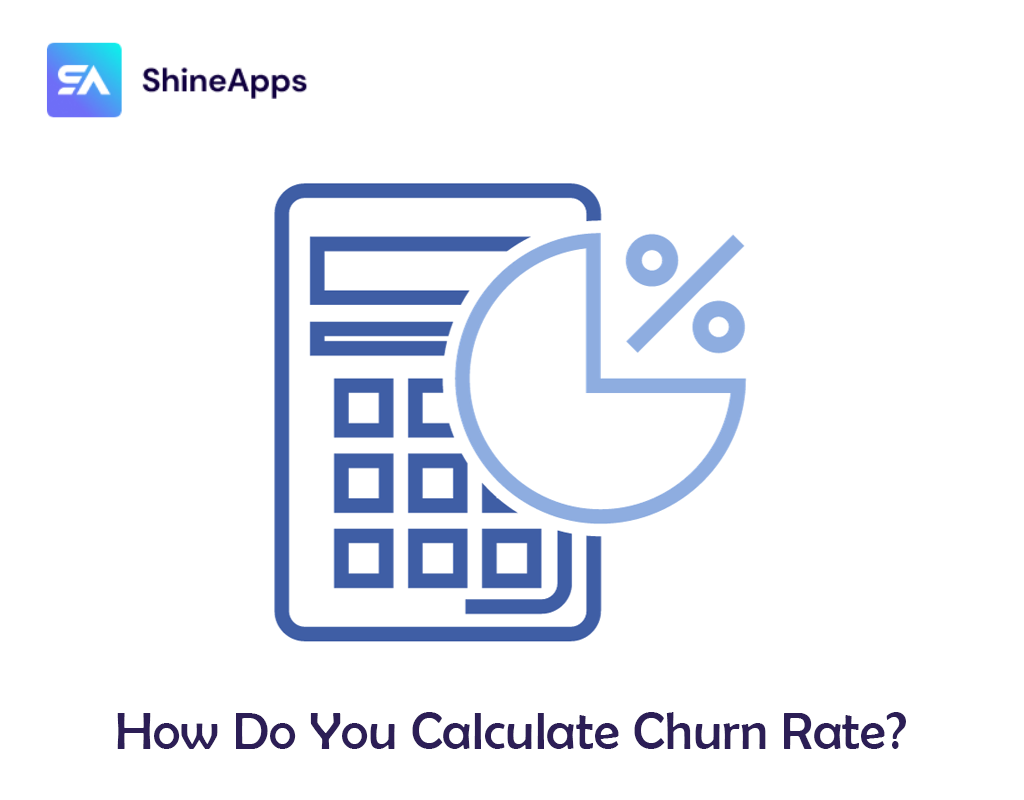
To calculate the Churn Rate, you select a specific time frame, then divide the total number of subscribers lost during that period by the total number of subscribers acquired during the same timeframe. This calculation is typically expressed as a percentage.
For instance, if you gained 100 new subscribers in a quarter but lost 12 subscribers, your Churn Rate would be calculated as (12 / 100) x 100 = 12%.
Alternatively, you can compute the Churn Rate by dividing the number of subscribers lost within a given period by the total number of subscribers at the beginning of that period.
What Is a Good Churn Rate?
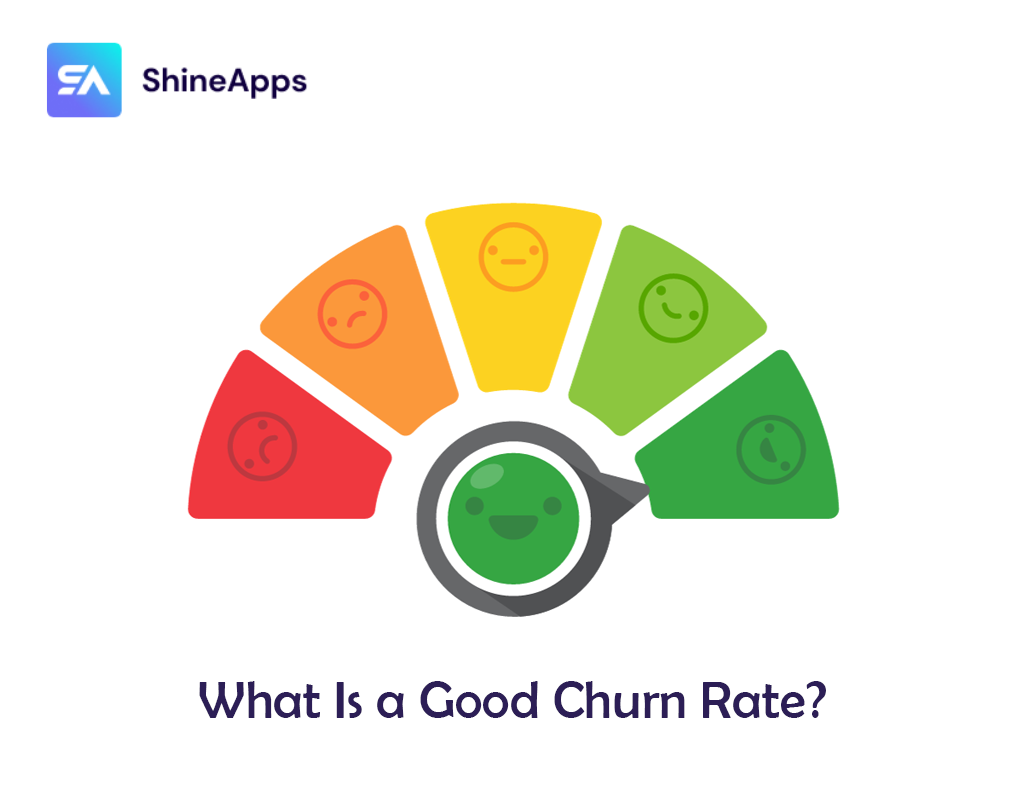
A perfect Churn Rate of zero, indicating no customer losses, might be an ideal scenario, but it’s rarely attainable in reality. Every business is bound to lose customers for various reasons.
In this context, it’s essential to assess a business’s churn-rate in comparison to the average Churn Rate within its industry. Additionally, one must consider the business’s stage, whether it’s new or well-established. This comparison helps determine whether the Churn Rate is acceptable or problematic. It’s crucial to recognize that different industries have distinct business models, resulting in varying acceptable Churn Rates.
What Does a High Churn Rate Mean?

A high Churn Rate signifies that a business is losing a substantial number of customers, surpassing the rate at which it’s acquiring new ones. This often points to underlying issues such as product quality, customer service problems, or other negative factors that drive customers away. In essence, a high Churn Rate can lead to significant financial losses for a company.
Why Churn Rate Matters
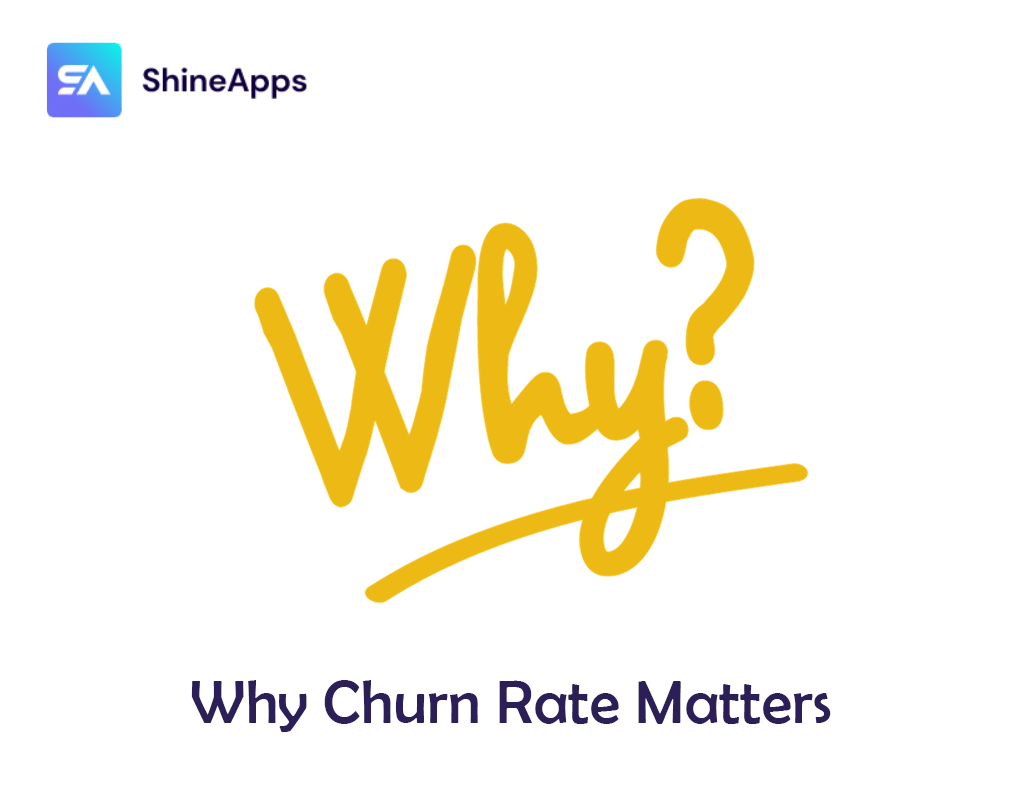
Understanding and monitoring your Churn Rate is crucial for business owners. Here are several reasons highlighting its importance:
Marketing Strategy Evaluation
Churn Rate acts as a litmus test for the effectiveness of your marketing strategies. If customers are cancelling subscriptions or leaving, it’s a clear signal that something might be amiss. This metric prompts you to scrutinize your content and marketing efforts. Are they still resonating with your target audience? Are there opportunities to incentivize customer retention, such as offering discounted future services or products?
Cost-Efficient Growth
The cost of acquiring new customers is significantly higher than the cost of retaining existing ones. Reducing Churn Rate is like plugging a leak in your revenue stream. By keeping more customers within your customer base, your business becomes more profitable over time. This cost-efficient approach to growth can significantly impact your bottom line.
Financial Stability
For businesses with subscription-based models, churn-rate plays a pivotal role in determining the trajectory of your profits. A high Churn Rate can erode your financial stability by constantly depleting your customer base. Conversely, a low Churn Rate ensures a healthier and more predictable financial outlook for your business.
Product-Market Alignment
A consistently rising Churn Rate can indicate a misalignment between your product or service and the needs of your target audience. It serves as an early warning system, prompting you to reassess your product-market fit. Businesses may need to reevaluate their product offering, improve it, or even pivot to better serve their intended customer base.
Strategies to Reduce Churn Rate
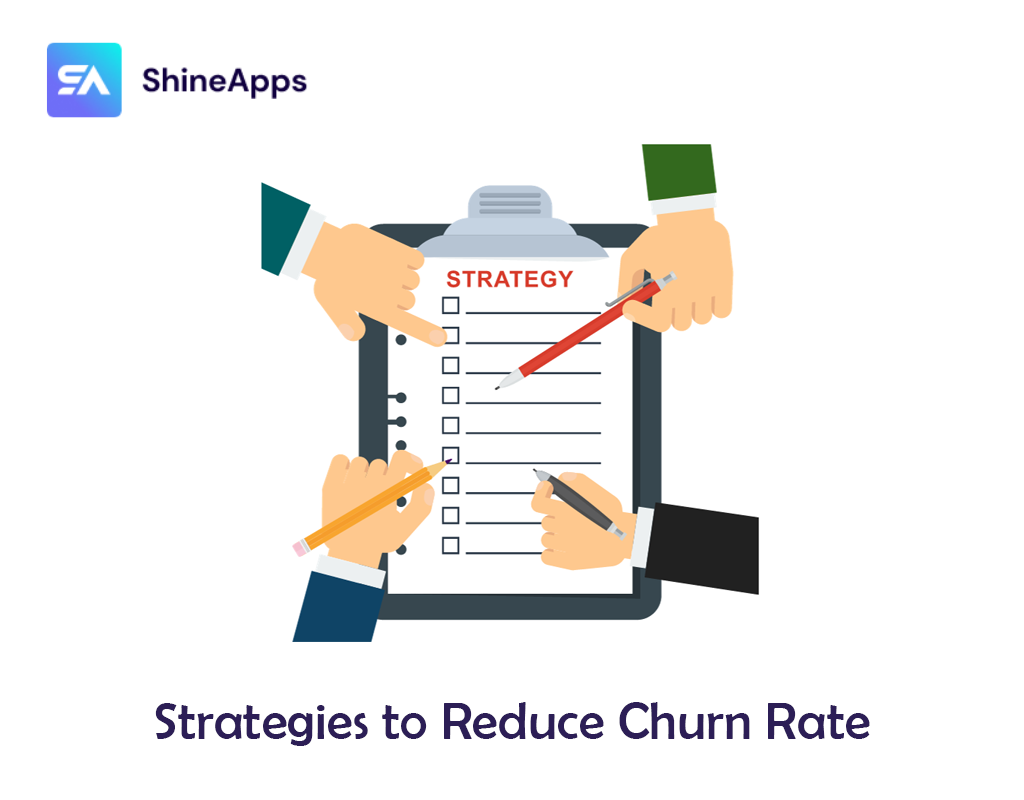
Reducing Churn Rate is a key goal for most businesses. Here are some effective strategies to help you retain more customers:
Elevate Customer Service
Customer support plays a critical role in reducing churn. Investigate common customer complaints and issues by closely collaborating with your support teams. By addressing these problems, you can improve your product and sales strategies. Expanding your support options, such as adding email, SMS, or live chat, makes it easier and more convenient for customers to contact you, enhancing their overall experience.
Analyze Customer Experiences
Compare your Churn Rate with industry averages to gauge the performance of your product or service. If your Churn Rate exceeds industry norms, it might indicate a misalignment with consumer expectations. To pinpoint the problem, conduct surveys and interviews to assess customer satisfaction. Gather insights into their product experiences and perceptions of pricing.
Optimize Content Marketing
Utilize content to provide customers with compelling reasons to continue using your product or service. This can take the form of informative blog posts, email newsletters with updates and offers, or even engaging social media content. By encouraging customers to engage with brand-related content, you foster a deeper connection and long-lasting relationships.
Offer Exceptional Customer Support
Outstanding customer support can be a game-changer. It has the potential to transform dissatisfied customers into fiercely loyal ones. Swiftly addressing customer issues and inquiries is crucial, but going the extra mile to meet their needs is what sets exceptional support apart. Consider proactive communication, active listening, and efficient problem resolution as key elements of top-notch customer service.
Incentivize Loyalty
Loyalty programs are a formidable tool in the arsenal of customer retention. Reward your loyal customers with enticing incentives. This might include offering discounts on future purchases, providing special offers, or granting exclusive access to new features or content. These rewards not only encourage customers to stay but also make them feel valued and appreciated.
Personalize Customer Experiences
Customers appreciate a tailored approach. Personalization goes beyond addressing them by name; it’s about understanding their preferences and anticipating their needs.
By customizing your offerings to individual customer requirements, you can create a more profound and lasting connection between your customers and your brand. This can involve personalized product recommendations, targeted marketing messages, and exclusive offers based on their behavior and preferences.
Examples of Churn Rate
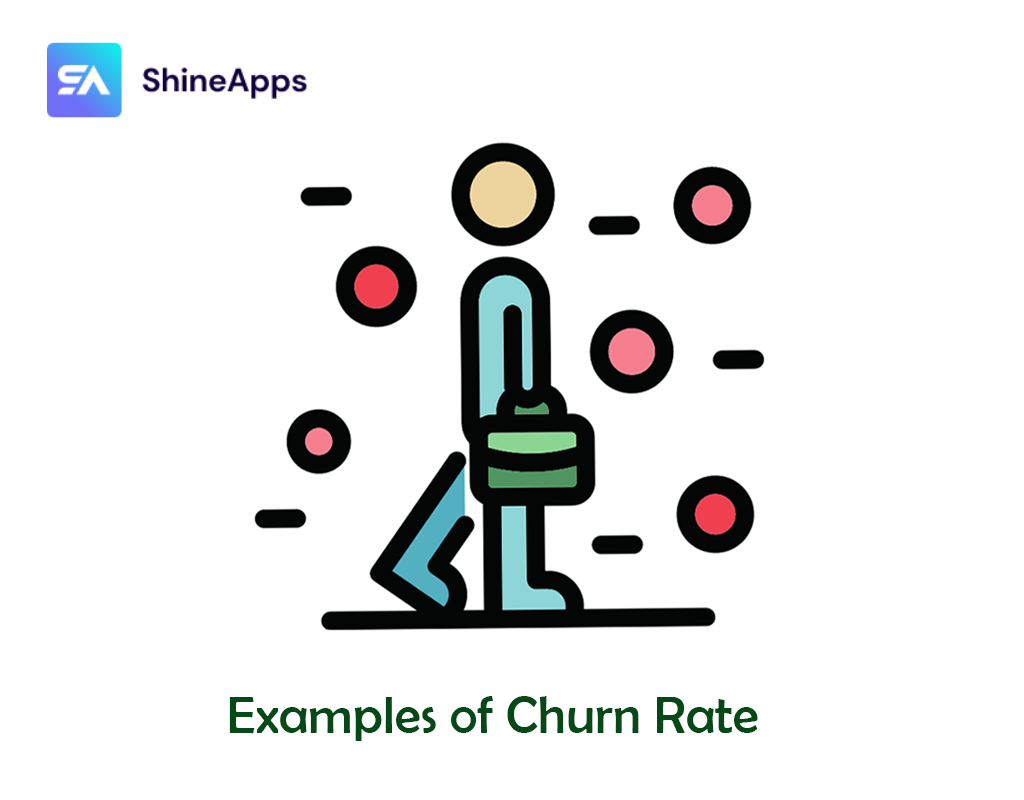
These Churn Rate examples from various industries can provide insights into what is considered typical for different types of businesses. Here’s a summary of churn-rates for well-known companies:
Netflix: 3.3% Monthly Churn Rate
Netflix boasts a remarkably low monthly churn-rate of 3.3%, indicating that over 96% of customers remain loyal. This is attributed to its extensive content library and strong brand identity.
Disney+: 3.7% Monthly Churn Rate
Disney+ enjoys a 3.7% monthly Churn Rate as of March 2023, showcasing steady customer retention, particularly when bundled with other services like Hulu and ESPN+.
Spotify: 3.9% Monthly Churn Rate
Spotify, a popular music streaming service, reported a 3.9% monthly churn-rate at the end of 2021, thanks to its personalized music recommendations and vast music collection.
Adobe: Less Than 10% Yearly Churn Rate
Adobe maintains a yearly churn-rate of less than 10%, resulting in a customer retention rate of over 90%, according to former Adobe Vice President Rob Giglio.
Apple TV+: 15.6% Monthly Churn Rate
Apple TV+ exhibits a comparatively higher monthly churn-rate of 15.6%, possibly influenced by a smaller content library and extended free trial periods.
Hulu: 5.2% Monthly Churn Rate
Hulu, a Netflix competitor known for exclusive TV shows, maintains a 5.2% monthly Churn Rate, highlighting strong retention among its subscribers.
Peloton: 1.41% Monthly Churn Rate
Peloton boasts an impressively low monthly Churn Rate of 1.41% due to its pioneering status in the in-home cycling fitness subscription market.
These examples provide a range of Churn Rates across different industries. The interpretation of what constitutes a “good” Churn Rate varies depending on the specific business model and industry norms. It’s essential for each company to consider its unique circumstances and customer base when assessing its Churn Rate performance.
In Conclusion
Churn Rate is an important metric that can make or break a business. By understanding what it is, why it matters, and implementing effective strategies to reduce it, you can improve customer retention, increase revenue, and ensure the long-term success of your business. Remember, it is more cost-effective to retain existing customers than to constantly pursue new customers.



